The Huawei P30 & P30 Pro Reviews: Photography Enhanced
by Andrei Frumusanu on April 18, 2019 9:00 AM EST- Posted in
- Mobile
- Smartphones
- Huawei
- P30
- P30 Pro
Camera - Daylight Evaluation
Moving on to the camera evaluation, we’re arriving at the main part of this review and certainly the reason most will be reading the article.
As noted in the introduction, the P30s come with vastly different camera hardware, including a new RYYB 40MP main camera sensor. The changes in the sensor colour filter structure are meant to improve light gathering capabilities, but the change to a non-Bayer structure could also have side-effects as in the past we’ve seen camera sensors attempting to employ new structures always fail in regards to artefacts or detail preservation. The sensor is still a 1/1.7” unit, which makes this among the largest sensors employed in smartphones right now, employing 1µm pixel pitches which double up to an effective 2µm pixel size when doing binning in the 10MP capture mode.
Naturally, the new 5x optical zoom module of the P30 Pro will also be an extremely interesting addition to the phone, however the concerns here is exactly how useable it is.
Daylight Evaluation: 3x & 5x Optical Zooms
First off, for the sake of brevity and readability, I’ll be focusing on analysis of the new zoom modules and be revisiting the main sensor in the next page.

[ P30 Pro ] - [ P30 ]
[ P20 Pro ] - [ P20 ]
[ Mate 20 Pro ]
[ S10+ (S) ] - [ S10+ (E) ] - [ S9+ (S) ]
[ G8 ] - [ G7 ]
[ V40 ] - [ View20 ]
[ OnePlus 6T ] - [ Pixel 3 ] - [ iPhone XS ]
Diving in directly into the 5x zoom images of the P30 Pro, we see levels of detail before unseen in a smartphone camera. The P30 Pro is the only phone with a telephoto module performant enough to be able to clearly read the text on the memorial, which is quite insane for a smartphone.
The P30 and past Huawei devices like the P20 Pro and Mate 20 Pro do have a 5x zoom factor, however this is a hybrid zoom achieved by their 3x optical modules along with the 40MP main unit. The P30 Pro’s handily beats its predecessors in the resulting detail.
The P30 Pro allows one to go higher in magnification, having even a 10x discrete zoom factor, however under closer inspection of both shots we see that this is merely a digital crop and zoom with no added detail. I would actually even say it’s slightly blurrier due to compression. We’ll get to see that it makes no sense to zoom in further than the 5x optical magnification allowed by the module.
The P30’s 3x optical zoom also isn’t shabby, it’s still far ahead in detail compared to the 2x optical zoom of other smartphones. However both the P30 and P30 Pro’s telephoto modules lack in terms of exposure and colour, resulting in pictures akin to scenarios under cloud-cover, yet these captures were taken in full broad daylight with no cloud in sight. The Galaxy S10s are much nearer to the brightness and contrast of the scene.
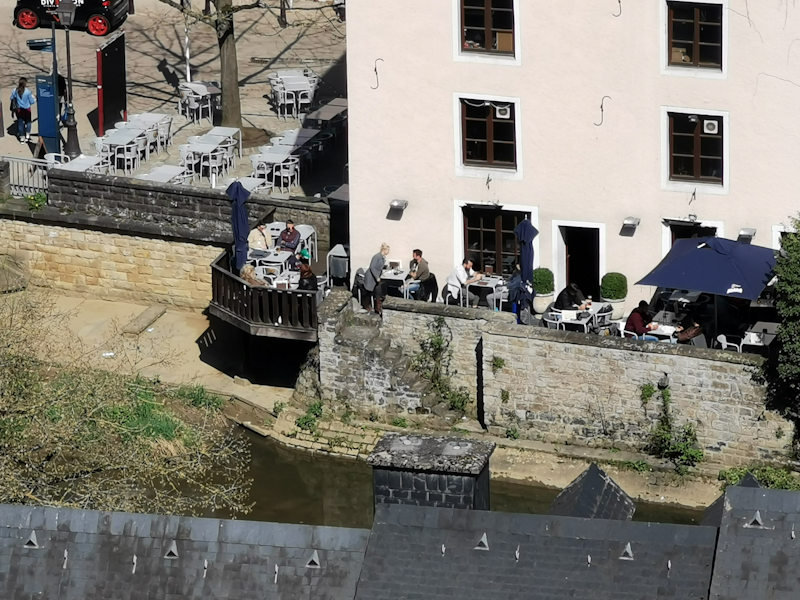
[ P30 Pro ] - [ P30 ]
[ P20 Pro ] - [ P20 ] - [ Mate 20 Pro ]
[ S10+ (S) ] - [ S10+ (E) ] - [ S9+ (S) ]
[ G8 ] - [ G7 ]
[ V40 ] - [ View20 ] - [ OnePlus 6T ]
[ Pixel 3 ] - [ iPhone XS ]
In the next scene, we’re again amazed by just how far the P30 Pro’s camera can see, there is really no contest by any other device.
Again, while there’s an incredible amount of detail, the composition is quite flat with not much resulting contrast. Here we have to take into account the sensor merely has an f/3.4 aperture which doesn’t allow for much light. While lacking in the same amount of detail, the Mate 20 Pro’s 5x HZ picture has much better exposure and colours than both the P30s, and odd result as at least the P30 should have been able to get the same result.
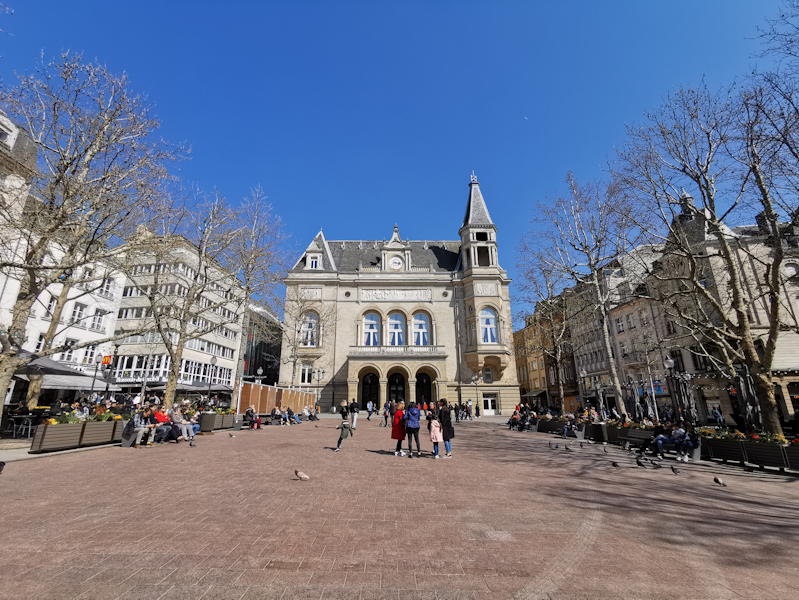
[ P30 Pro ]
[ P30 ] - [ P20 Pro ] - [ P20 ]
[ Mate 20 Pro ] - [ S10+ (S) ] - [ S10+ (E) ]
[ S9+ (S) ] - [ G8 ] - [ G7 ]
[ V40 ] - [ View20 ]
[ Pixel 3 ] - [ iPhone XS ]
In the next shot, I’m doing a full sweep on the P30 Pro’s cameras, going from wide to 10x digital zoom with intermediate steps. What I was looking for here is how the P30 Pro fares in intermediate digital zoom factors such as 2x or 3x, before it is able to switch over to the telephoto lens. At a 2x digital zoom / crop, the 40MP sensor of the P30s still manage to get excellent detail rivalling the 2x optical modules of the competition.
It’s only at 3x digital zoom where the P30 Pro evidently falls behind the P30 and Mate 20 Pro’s 3x optical modules. However what this means is that between 3x to 5x zoom factors, the P30 Pro will take worse pictures than its siblings, only regaining the upper hand after going 5x.
I think this very much limits the real-life advantages of the P30 Pro’s 5x optical zoom, as you don’t always want to have such a large magnification. Although not completely perfect, I was surprised how the phone handled 2x and 3x even though it doesn’t have dedicated modules at these levels. It’s a striking difference to look at the P30 Pro’s 3x zoom compared to the Pixel 3’s 3x digital super zoom – both are just cropping on their main sensors, but Huawei’s 40MP unit is just captures that much more detail.
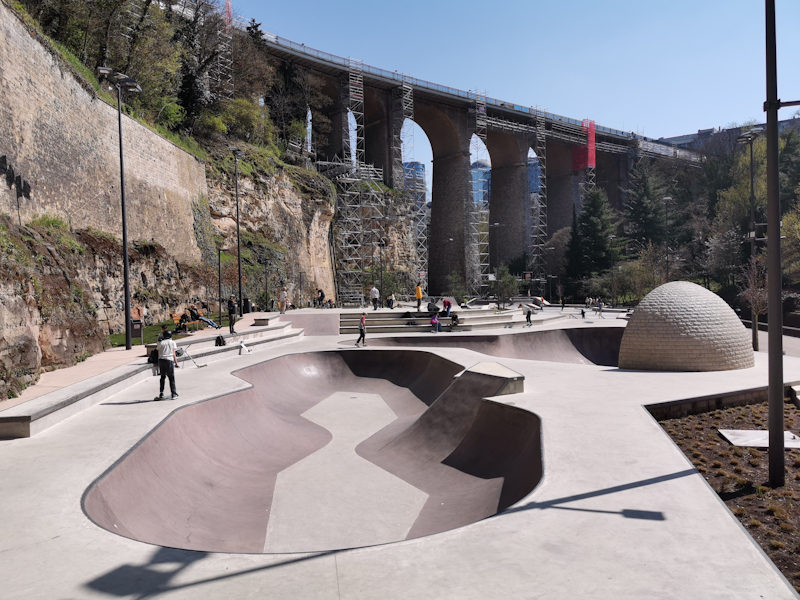
[ P30 Pro ] - [ P30 ] - [ P20 Pro ]
[ P20 ] - [ Mate 20 Pro ]
[ S10+ (S) ] - [ S10+ (E) ] - [ S9+ (S) ] - [ G8 ]
[ G7 ] - [ V40 ]
[ View20 ] - [ OnePlus 6T ] - [ Pixel 3 ] - [ iPhone XS ]
Moving on to talk more about the wide-angle sensors, we see the P30 Pro and P30 as being great additions to the capture experience.
It’s to be noted that on the above shot I saw again very large processing differences between the P30s and the Mate 20 Pro. The latter here has significantly better dynamic range and textures, even though the highlights are a tad too reduced. Extremely high brightness scenarios such as this sun-lit day are extremely tough on the camera processing as the algorithms need to decide what to expose for – in this case it was better to expose for the darker regions in the shot, such as on the Mate 20 Pro. Here both P30s also fare worse than LG’s or Samsung’s wide angle lenses.
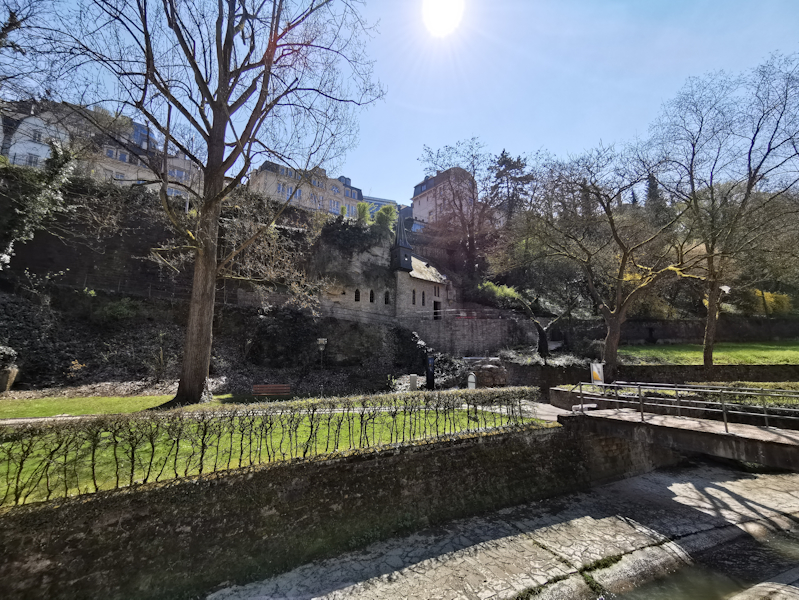
[ P30 Pro ] - [ P30 ]
[ P20 Pro ] - [ P20 ] - [ Mate 20 Pro ]
[ S10+ (S) ] - [ S10+ (E) ] - [ S9+ (S) ]
[ G8 ] - [ G7 ] - [ V40 ]
[ View20 ] - [ OnePlus 6T ] - [ Pixel 3 ] - [ iPhone XS ]
While the P30s failed in the last shot, in this scene with the sun in direct view, the Huawei devices are doing much better. While not showing the same dynamic range as the S10s, they both have better detail in their wide camera modules. The P30 Pro in particular seems to be able to have great optics as it avoids any lens flares, on the opposite side of the spectrum LG’s wide angle modules have extremely noticeable optics related flares.
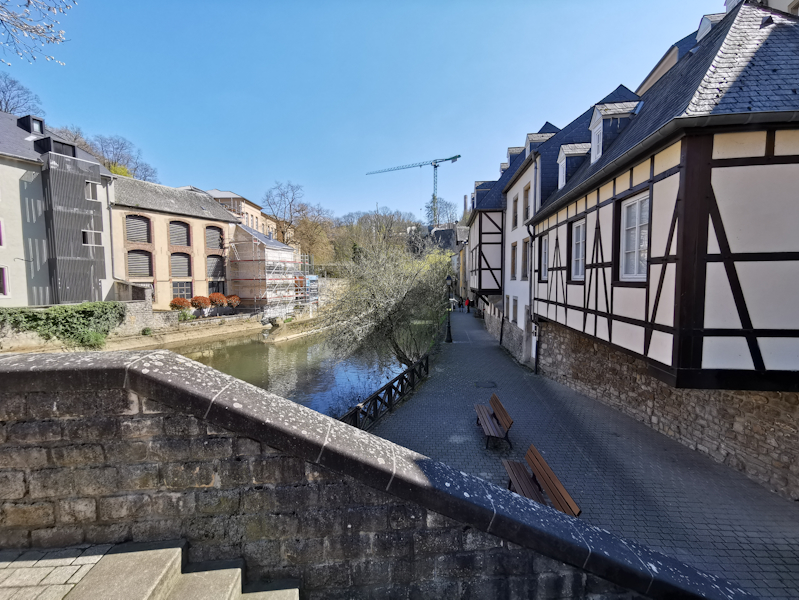
[ P30 Pro ] - [ P30 ] - [ P20 Pro ] - [ P20 ]
[ Mate 20 Pro ] - [ S10+ (S) ] - [ S10+ (E) ] - [ S9+ (S) ]
[ G8 ] - [ G7 ] - [ V40 ]
[ View20 ] - [ OnePlus 6T ] - [ Pixel 3 ] - [ iPhone XS ]










85 Comments
View All Comments
jabber - Thursday, April 18, 2019 - link
I have to remind myself...these are phones?StrangerGuy - Thursday, April 18, 2019 - link
Gotta really see the reaction from the DSLR diehards on this one.philehidiot - Thursday, April 18, 2019 - link
I don't understand. DSLR photography is a totally different ballgame to mobile phone photography. I'd say phones like this make compact cameras almost totally irrelevant.DSLR photography is a different kettle of fish - can you even alter the aperture on these phones? Now if you're buying a DSLR for casual photography and never plan to change from the kit lens and just keep it on auto, then yeh... these phones are kind of a kick in the teeth. To those of us for whom using a DSLR is an art and we have insane macro lenses, tripods and occasionally attach them to a telescope.... a good DSLR is going nowhere.
Also, the qualitative beauty of the dynamic range of a DSLR is something subtle and can make or break a photo. Phones tend to go for brash, impactful but ultimately flat photos. You go "wow" when you see them but you can't compare them to the subtle beauty created by a DSLR sensor when used properly by someone who actually cares to do more than point and shoot.
emn13 - Thursday, April 18, 2019 - link
DSLR's are almost certainly dead in the medium to near term, even for professional use. What I *really* can't wait for is the kind of imaging that's going to possible once this kind of advanced processing is *combined* with higher-end optical systems, as should be possible even on compacts and mirrorless systems. Full-frame is all hyped up and stuff, but the optical sweet spot is almost certainly smaller; the kind of apertures possible even on aps-C and 1-inch sensors are quite sufficient for almost impractically small depth of field; and really, that's optically the *only* advantage there is (at least - assuming people would bother to sell high-end lenses for smaller sensors, which they currently do not).I mean, can you imagine something like this on even just an rx-100 style body? Ideally available in versions with zoom or prime? It would be completely bonkers, and portability isn't that much worse than a modern smartphone.
Frenetic Pony - Thursday, April 18, 2019 - link
Ahh, the usual internet "experts". The hilarious part is even thinking SLR's are somehow cutting edge, which shows how behind everyone here is. Every camera company now has a mirrorless version, which actually different as it's not an SLR at all, for one!I'm just a casual, hobbyist photographer. But my older, APSC mirrorless camera absolutely CRUSHES my Galaxy s8 in terms of image quality, even with the custom Pixel camera APK installed. And I want a newer camera as I'm severely limited in dynamic range, lowlight image quality, and what resolution I can get good images at (4k just isn't doable). Not to mention my image edges are still soft even with a nice prime lens.
Maybe in a few years, when those smartphone and "Light" partnerships show up, and they pair up like 5 cameras into one image successfully, then big sensor mirrorless cameras time will be limited. But for now, there's no contest.
philehidiot - Thursday, April 18, 2019 - link
How arrogant. So we are using DSLR as a descriptor for brevity and you decide to use that as some way of proving we are all wrong. No, there just isn't a handy accronym for mirrorless big ass camera with interchangeable lenses. You know perfectly well what we were discussing so why not add to that discussion rather than being picky for the sake of it? And yes, a decent large sensor will, in the right hands, destroy a phone but they are different propositions.tuxRoller - Friday, April 19, 2019 - link
https://petapixel.com/2018/03/14/death-dslrs-near/s.yu - Friday, April 19, 2019 - link
I advise you to stop reading Petapixel, those people are more amateur than GSMArena (who do a pretty good job despite the name) and Androidauthority (who are real amateurs) when it comes to image quality review so I don't know if they're actually qualified.jabber - Friday, April 19, 2019 - link
I think I've been reading 'the death of DSLRs' for at least 12 years. If it is a death its a very loooooong one.zodiacfml - Monday, April 22, 2019 - link
No. emn13 knows what he's talking about. I'm I die hard RAW shooter of APSC cameras but high end smartphones definitely comes close considering the size, features, and cost. I did not expect smartphones to come this close so soon as I always believed size is everthing in image quality.Limited to a 4k display, it is really close to an APSC camera with a kit lens.